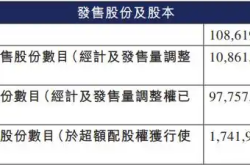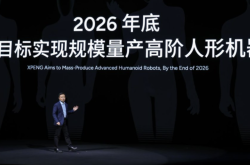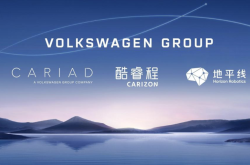Early Exit of Multi-province 'National Subsidy'? Precise Allocation of 138 Billion Yuan Underway
![]() 06/23 2025
06/23 2025
![]() 525
525
In mid-June 2025, several regions across the country successively announced the suspension of their car replacement subsidy application services. This move effectively pressed the 'pause button', causing the market, which had been heavily reliant on subsidy incentives, to abruptly cool down.
Since May, numerous netizens have reported the suspension of local car subsidies. According to incomplete statistics, as of now, over ten cities in five provinces, including Zhengzhou and Luoyang in Henan, Xinjiang, Shenyang in Liaoning, and Chongqing, have successively announced the suspension of car replacement subsidies. However, the latest responses from the National Development and Reform Commission and the Ministry of Finance have clarified that the national consumer goods trade-in subsidy policy for 2025 will continue until December 31, with the remaining 138 billion yuan of central funds to be allocated in batches during the third and fourth quarters. The previously mentioned "discontinuation" of subsidies was merely a normal window within the quarterly allocation mechanism of central funds, as the first batch of funds had been exhausted, leading to the "subsidy suspension" notice.
The first two batches of 162 billion yuan funds have already yielded initial results in the automotive industry. According to data from the China Passenger Car Association, in May, the number of national car trade-in applications reached 1.23 million, accounting for 70% of private car purchases. Taking Shenzhen as an example, from January to May, national subsidies directly drove approximately 36.7 billion yuan in car sales, involving 70,000 new energy vehicles.
However, the normal window for fund allocation and consumers' wait-and-see attitudes have posed challenges to automakers' mid-year sales plans, increasing dealers' inventory pressure. Automakers and dealers now find themselves at a crossroads.
▍Multiple Factors Behind the 'Suspension'
The abrupt suspension of the subsidy policy was not unforeseen. Government announcements from various regions indicate that the rapid depletion of funds was the direct trigger. Zhengzhou, for instance, a major hub for automotive consumption in central China, led the way with the Zhengzhou and Luoyang Commerce Bureaus announcing the impending closure of the subsidy system on June 10. Zhengzhou specifically suspended the acceptance of application services at 00:00 on June 18, while Luoyang stopped accepting applications at 24:00 on June 12. Xuchang also explicitly stated that the application portal would close at noon on June 13. According to staff from the Zhengzhou Commerce Bureau, this suspension was due to the rapid depletion of the first round of subsidy funds. Under the principle of "first come, first served," the progress of fund allocation far exceeded expectations.
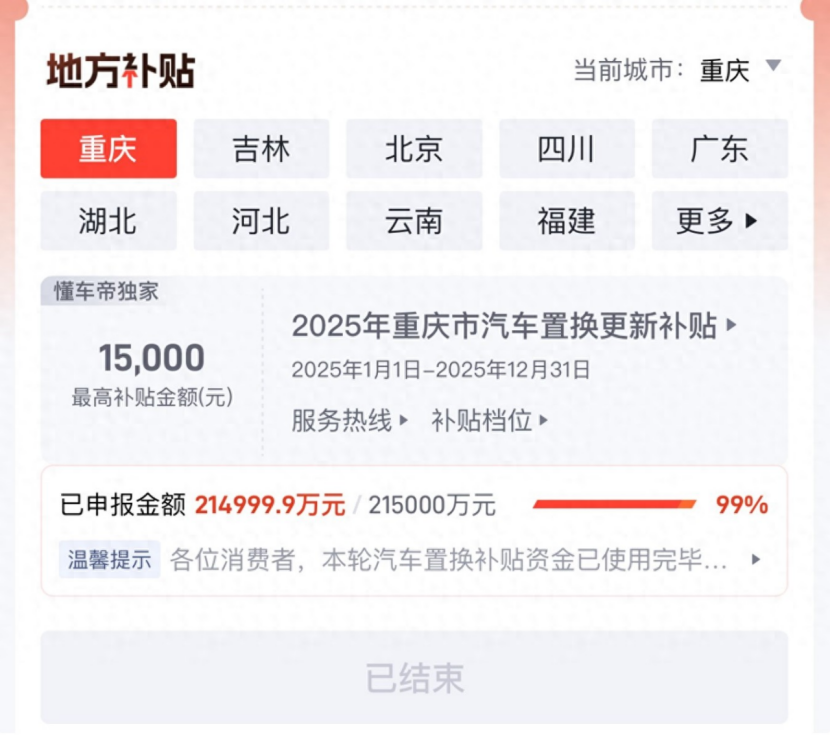
The phenomenon of accelerated fund usage due to the release of consumer demand is particularly pronounced in third- and fourth-tier cities. A relevant official from the Shenyang Municipal Bureau of Industry and Information Technology revealed that the city originally planned to issue subsidies totaling 150 million yuan throughout the year, but as of June 10, the actual application volume had already accounted for 82% of the budget, leaving the remaining funds to sustain application demand for less than a month.
Moreover, the fraudulent acquisition of subsidies by some practitioners has also come to the attention of regulatory authorities. Relevant departments stated, "We will guide local governments to further optimize and improve the subsidy distribution method to ensure that policy implementation is more stable and orderly, and funds are used evenly until the end of the year." Shenyang, Chongqing, and other places have also clarified that they will introduce differentiated subsidy schemes for the second phase. In the future, fund allocation may be skewed towards key areas such as new energy vehicles and the elimination of old vehicles with high emissions. For example, the new subsidy rules may strengthen vehicle traceability management, requiring complete recycling and dismantling certificates and deregistration records for scrapped vehicles, and achieving full-process monitoring through the National Automobile Circulation Information Management System.
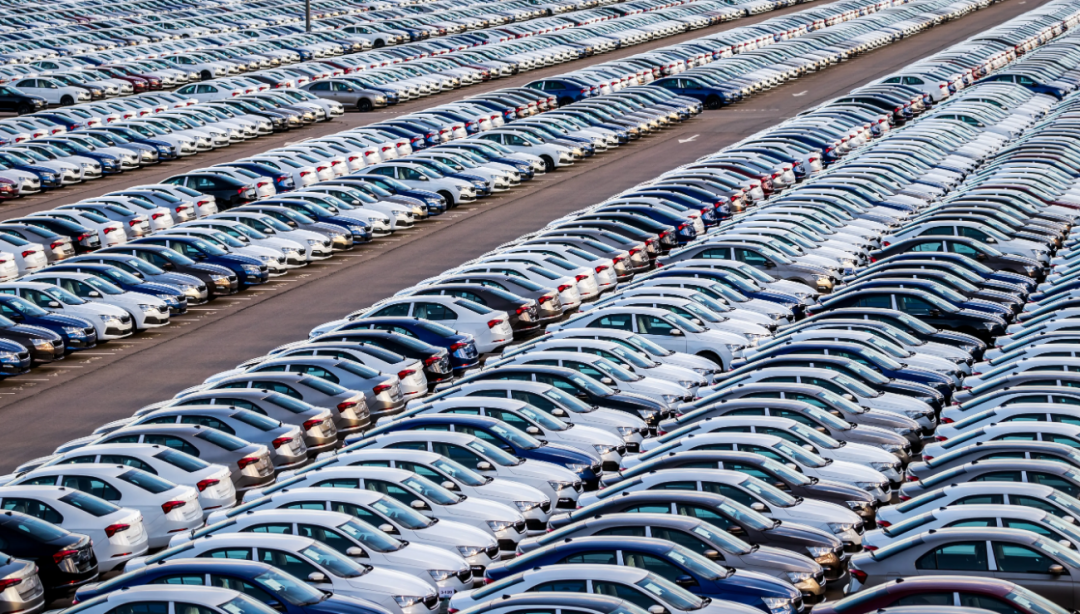
The "Notice on Adjusting the Automobile Replacement Subsidy Policy" issued by the Shenyang Municipal Bureau of Industry and Information Technology indicates that the new policy will establish tiered subsidy standards based on indicators such as vehicle energy efficiency rating and battery range. For pure electric vehicles with a range exceeding 600 kilometers, the subsidy amount can increase by up to 30%, while plug-in hybrid vehicles must meet fuel consumption limits to receive full subsidies. This "precision irrigation" subsidy mechanism aims to steer consumption towards high-tech products and avoid resource waste caused by "flood irrigation."
This year's national new energy vehicle purchase subsidy will terminate on December 31. The local suspension can be seen as a "stress test" for the policy decline, compelling the industry to actively adapt to market-driven forces. As emphasized in the "2025 Key Points of Automobile Standardization Work," the industry needs to foster endogenous competitiveness through technical standard upgrades, full-life cycle carbon management, and other methods, rather than relying solely on subsidy infusions.
▍Market Shocks Affecting the Entire Industry Chain
Data suggests that the "national subsidy" policy has a substantial stimulating effect on the automobile market.
According to the Ministry of Commerce, as of May 31, the number of car trade-in subsidy applications reached 4.12 million. The China Passenger Car Association estimated, based on the monthly rhythm, that the number of car trade-in applications in May reached 1.23 million, an increase of 13% compared to 1.09 million in April. Compared to the retail sales volume of private passenger cars in May, nearly 70% of private car buyers benefited from the trade-in policy.
However, the "gap period" caused by the suspension of subsidies will swiftly transmit shockwaves to the consumer end, enterprise end, and channel end, comprehensively testing the automotive industry's risk resistance capabilities. Consumers are the first to feel the increase in car purchase costs, and this wait-and-see attitude directly leads to further sales pressure in June, traditionally a slow season.
According to the China Passenger Car Association, although the retail sales volume of passenger cars nationwide in the first eight days of June increased by 19% year-on-year, it decreased by 12% month-on-month, and the number of visitors to some dealerships declined by more than 30%. However, the market also exhibits differentiation characteristics: Consumers with sufficient budgets are shifting to high-end models priced above 300,000 yuan, which are not affected by subsidies. The sales share of this price segment has risen to 28%, indicating that high-net-worth consumer groups are less price-sensitive.
Automakers face more complex challenges. Leading brands can cope with their scale advantages. For instance, BYD and Geely can still offset the impact of reduced subsidies through supply chain cost reductions due to their scale, but second-tier brands face severe challenges, with their market share decreasing by 3.2% compared to the same period last year. More severely, the decline in subsidies has exacerbated the pressure of raw material costs.

Dealer inventory pressure has become another major concern in the industry. A survey by the China Automobile Dealers Association revealed that the inventory cycle of some dealerships exceeded two months, far surpassing the industry's healthy standard of 1.5 months. The Circulation Association also analyzed that entering June, most regions of the country are experiencing high temperatures and heatwaves, and the traditional slow season characteristics of the automotive industry are emerging. It is anticipated that the number of consumers entering dealerships may decrease.
Some experts believe that the local suspension of car trade-in subsidies is currently due to the high number of subsidy applicants, but there is a mismatch between the mechanism of quarterly fund allocation and local application demands. Subsidies for consumer goods such as household appliances also constitute a significant portion of national subsidy funds. "Local governments need to make adjustments because traditionally, there are usually more car purchases in the second half of the year, necessitating more subsidies."
Cui Dongshu, secretary-general of the China Passenger Car Association, also posted an article stating that the pressure for high-base growth in the future automobile market remains significant. He looks forward to long-term and robust follow-up policies, such as reducing personal income tax for car buyers, promoting new energy vehicles in rural areas, optimizing the application process for C7 economic electric vehicle driver's licenses, exempting compliant pure electric vehicles with a range of less than 200 kilometers from vehicle purchase tax, encouraging car purchases for weddings and childbirth, and more improvement measures.
Typesetting | Yang Shuo Image Source: Shutterstock

